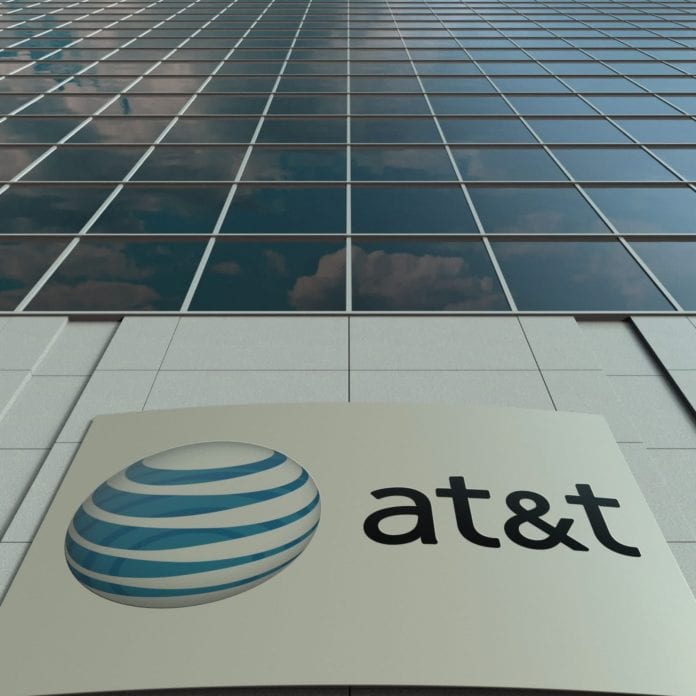‘Wonder Woman 1984’ works wonders for HBO/HBO Max, but premium TV gets a $15.5 billion write-down
AT&T saw stronger than expected wireless additions during the fourth quarter of 2020, and the release of Wonder Woman 1984 helped drive its HBO and HBO Max subscriptions to more than 41 million, two years before it expected to hit that number.
But continued weakness in its DirecTV segment and and cord-cutting as consumers move to streaming services, led the company to take a $15.5 billion writedown for the quarter on its video service business, in addition to a $780 million writedown due to losses at WarnerMedia due to the pandemic. Pay TV customer losses were improved from last year but still came in at more than 600,000; AT&T has framed these losses as willingness to let some price-conscious customers go and focus on high-value customers.
AT&T reported that its consolidated revenues were at $45.7 billion in the fourth quarter, and it reported a loss of $13.88 billion.Overall, revenues for AT&T as a whole were down slightly year-over-year, but the ongoing strength of its wireless unit mostly offset losses elsewhere.
Wireless segments revenues, in contrast, were up 7.6% overall, with service revenues up 0.5% and equipment revenues up 28.3%. AT&T added 800,000 postpaid phones during the final quarter of 2020 and 1.5 million postpaid phones over the course of full-year 2020.
CEO John Stankey described AT&T’s strategy as making sure that its best customers get its best prices, and credited that strategy for helping the carrier to achieve two quarters in a row of its lowest churn rates on record: 0.76% for postpaid phone customers.
Company executives said that they have three goals for 2021: Continue to grow their customer base, with a goal of establishing some kind of customer relationship with most U.S. households (where HBO Max is seen as a key asset); continue its focus on efficiency and cost-cutting; and continue its efforts to pay down debt, including selling off non-core assets and using those proceeds to do so.
AT&T execs said the company has realized about $2 billion in savings, including streamlining wireless distribution by shifting some stores to third-party dealers and closing others. A dramatic shift to online transactions meant that customer calls were down by 30 million.
“We are positioned to enter the post-pandemic world as a more agile and efficient company,” said Stankey.
Because the required “quiet period” around the FCC’s C Band auction is still in effect, AT&T’s executives could say nothing specifically related to that spectrum. The carrier plans to host a virtual investor event after the quiet period ends.
Asked about network build-out efforts, Stankey said that AT&T has put a “tremendous amount of capacity out over the last couple of years” as it went through the FirstNet build, which it used as a one-touch strategy to also expand support for its existing spectrum bands and upgrade to more advanced network features that increased both speed and capacity. While he did not mention C Band specifically, Stankey said that there is a shift in the mix of wireless build-out that is “now moving away from what I would call capacity that’s on existing spectrum” to beginning “preparation for possibly using other spectrum that may come into service at some point in time, et cetera.”
The global pandemic’s financial impacts on AT&T included lower revenues from television licensing and production, changes to its slate of theatrical releases and lower international roaming revenues. The company reported that roaming revenues were down by about $200 million.
AT&T said that it expects to see overall revenues grow 1% in 2021 and wireless service revenues to grow about 2%. The company expects a slow return toward normal theater, travel and overall economic conditions — not hockey-stick growth — toward the fourth quarter of 2021. Capex for 2021 is pegged at a net $18 billion, and the company plans to build out around 2 million residential fiber locations that were described as adjacent areas/neighborhoods of existing fiber infrastructure.

